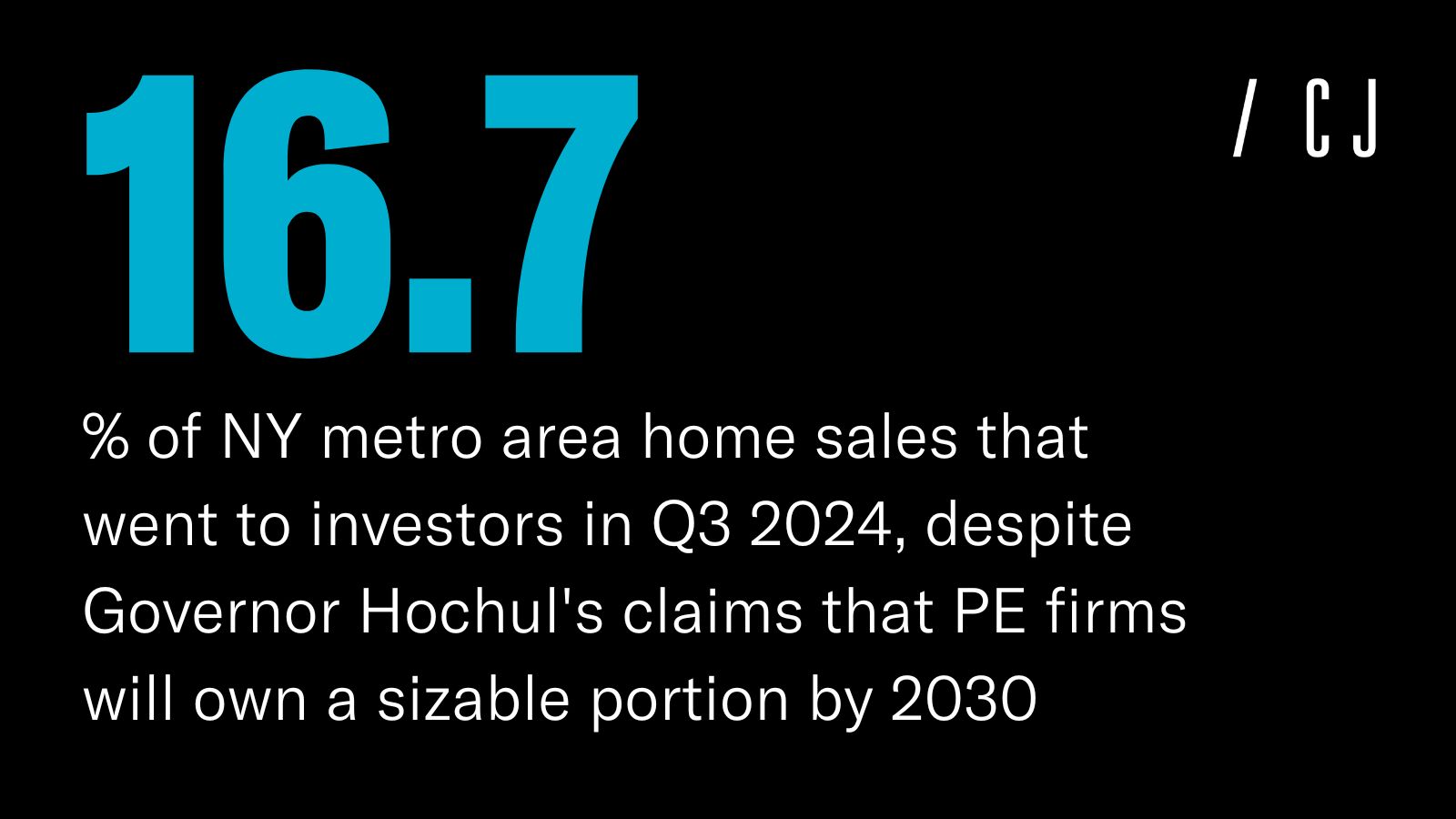|
Forwarded this email? Sign up for free to have it sent directly to your inbox. |
|
|
Good morning,
Today, we’re looking at why criminals shouldn’t be allowed to wear masks, Biden’s attempt to conjure a 28th Amendment, the new administration’s plans for illegal immigration, and a eulogy for a part of L.A. lost forever in the fires.
Don’t forget to write to us at editors@city-journal.org with questions or comments. |
|
|
Somewhere, Nathan Bedford Forrest is cheering.
Twenty years ago, the Second Circuit Court of Appeals upheld a New York law that restricted masking in public. The rationale for the law was straightforward: Bad guys use masks to intimidate people and get away with theft and violence. Limiting masking makes it easier for cops to get the bad guys.
Is there anyone, you might ask, who would challenge such a commonsense statute? As it turns out, it didn’t sit well with some of America’s most notorious mask enthusiasts: the Ku Klux Klan, which sued because the NYPD used the law to keep them from demonstrating in front of the New York County Courthouse.
Fast forward to today. As public-safety expert Hannah Meyers notes, criminal masking is having a moment. “The rise in masking is associated with the nearly fourfold increase in U.S. anti-Semitism last year,” she observes. And it’s not just the keffiyehs at pro-Hamas demonstrations. Police have struggled “to identify and arrest masked offenders for infractions from hate crimes to carjacking.” Is it any coincidence that Luigi Mangione covered his face as he evaded law enforcement across multiple states?
Fortunately, a new poll reveals that 75 percent of New Yorkers support “banning face-masking as a disguise to terrorize, hurt people, and commit crimes.” Ban bills are also working their way through the state legislature. And yet: The opposition is mobilizing, with groups like the New York Civil Liberties Union claiming that such bans are “racist” and will (somehow) “criminalize gender-nonconforming people,” among other concerns.
It used to be that civil-liberties groups were on the same side as the KKK in fights over freedom of expression. Now it’s over freedom of costuming during crime sprees. Read Meyers’s analysis of the masking debate, and the factions for and against, here. |
|
|
| A recent survey found that 75 percent of New York voters support banning face-masking as a disguise. |
|
|
Who struggles with the concept of deadlines? High-school students, journalists, home-building contractors, and … Joe Biden.
Take, for instance, what just happened with the outgoing Biden administration and the Equal Rights Amendment. In 1972, Congress sent the ERA to the states, setting a seven-year window for ratification by three-fourths of state legislatures. Despite a three-year extension, by 1982, only 35 of the requisite 38 states had signed off.
A few additional states—apparently deciding that entrenching misguided feminism in law falls under the category of “better late than never”—signed on, but after the deadline had passed. In 2020, Virginia became the 38th to ratify. In some minds, a door was opened.
Over the years, the Department of Justice and the Supreme Court both determined that Congress’s amendment deadlines are binding. But that memo seems never to have reached Biden, writes CJ contributing editor John Ketcham. In one of his last acts in office, the now-former-president abruptly declared that Virginia’s endorsement means the Constitution now has 28 amendments.
Maybe “l’etat, c’est moi” sounds better in a Delaware accent. But as Ketcham argues, Biden can’t simply conjure new parts of the Constitution into being. Read his takedown of Biden’s move here. |
|
|
Since President Trump won the 2024 presidential election, activists and journalists have warned about a looming “mass deportation” of illegal immigrants. But the phrase is nothing more than propaganda, argues Seth Barron.
“Mass deportation is the wholesale detention and removal of an entire community based on nationality, ethnicity, or some other immutable characteristic,” he writes. That doesn’t describe the administration’s specific detention and removal plans, which Barron outlines here. |
|
|
“After the fire, I slipped past the police lines. I took pictures of other homes that we admired and looked at the photographs online to remind myself what these piles of ash had once been. When I reached my favorite house, only the chimney remained.”
Travel along with lifelong Californian Aaron Gigliotti as he returns to devastated L.A. neighborhoods to see what the wildfires left behind. |
|
|
A quarterly magazine of urban affairs, published by the Manhattan Institute, edited by Brian C. Anderson. |
|
|
Copyright © 2025 Manhattan Institute, All rights reserved. |
|
|
|




